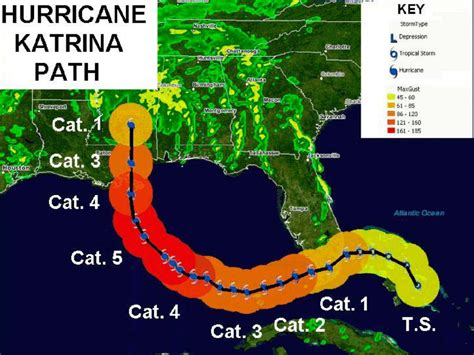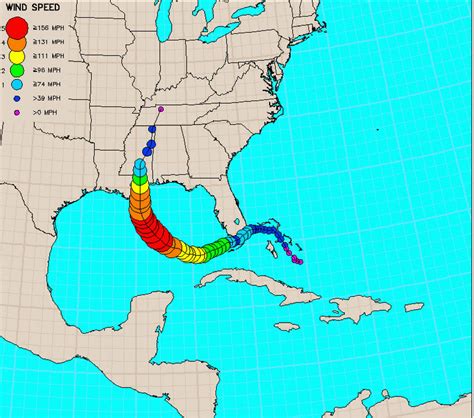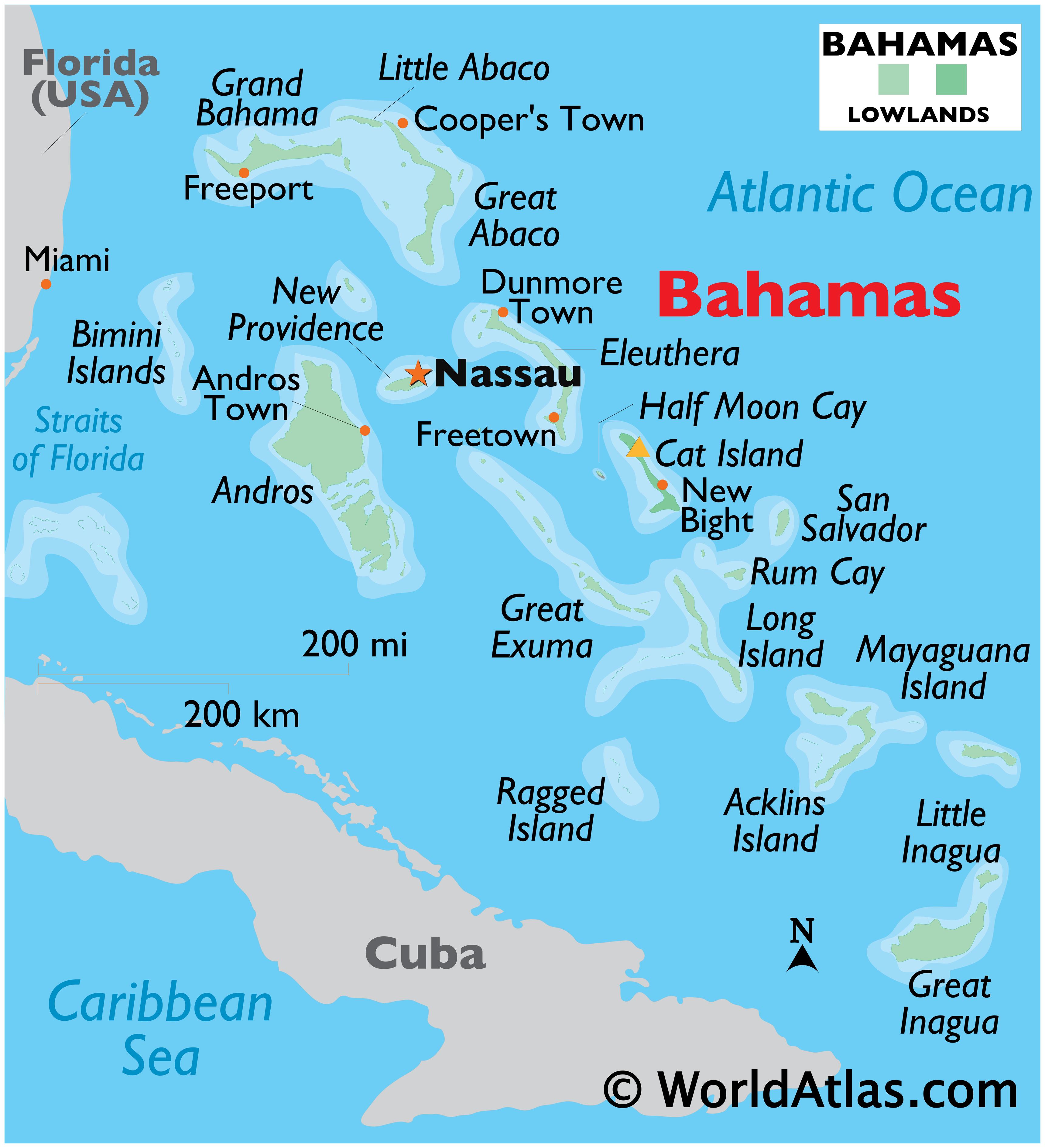
As I sit here looking at this image, my heart sinks. In 2005, Hurricane Katrina hit the Gulf Coast and left a path of destruction. It was one of the deadliest and costliest natural disasters in the history of the United States. The devastation it brought to the city of New Orleans was particularly heartbreaking, as it disproportionately affected black people. The flooding that occurred was catastrophic. Homes were destroyed, neighborhoods were ruined, and lives were lost. The city was under water, and it seemed like there was no end in sight. Even years later, the effects of Katrina are still felt by many in the black community. As I reflect on this tragedy, I can't help but think about the systemic issues that made this disaster so much worse for black people. Poverty, racism, and neglect all played a role in what happened in New Orleans. Black people were more likely to live in areas that were prone to flooding, and they were less likely to have the means to evacuate. When the storm hit, they were left behind. The lack of preparation and response from the government was also a major factor. It was clear that the systems in place to protect the citizens of New Orleans were nowhere near adequate. And when the city was hit by the storm, the government's response was slow and insufficient. Black people were left to fend for themselves, and they suffered the consequences. What happened in New Orleans is just one example of the many ways in which black people are disproportionately affected by natural disasters. From Hurricane Maria in Puerto Rico to the wildfires in California, the data shows that black people are more likely to be impacted by these events. And yet, they are often the last to receive aid and support. It's clear that systemic change is needed. We need to address the underlying issues that make black people more vulnerable to the effects of natural disasters. We need to ensure that they have the resources and support they need to evacuate and rebuild. And we need to hold our government accountable to ensure that their response to these events is swift and effective. As I look at this image of the flooding in New Orleans, I am reminded of the pain and suffering that black people endured. But I am also reminded of their resilience and strength. In the face of unimaginable hardship, they came together to support one another and rebuild their communities. We must continue to honor their resilience and work towards a future where they are no longer disproportionately affected by disaster.

hazards.umwblogs.org - katrina hurricanes hazards umwblogs

sewcanny.blogspot.com - katrina hurricane path map track category color scale simpson saffir coded numbers

www.mysanantonio.com - katrina noaa impact hurricanes landfall





Post a Comment for "Map Hurricane Katrina Path"